PUBLICATIONS
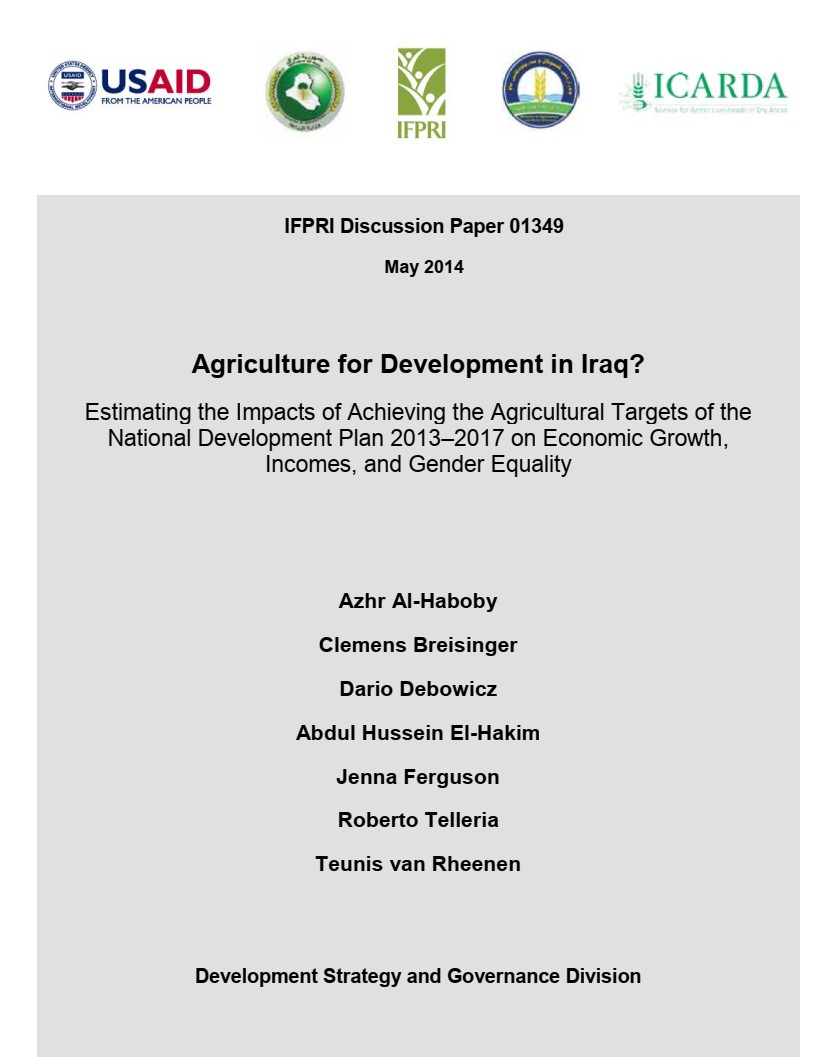
Book
Agriculture for development in Iraq? Estimating the impacts of achieving the agricultural targets of the national development plan 2013-2017 on economic growth, incomes, and gender equality
Year:
2014
Author:
Al-Haboby Azhr, Breisinger Clemens, Debowicz Dario, El-Hakim Abdul Hussein, Ferguson Jenna, van Rheenen Teunis, Telleria Roberto
You must be registered to see all the content
This paper estimates the potential effects of achieving the agricultural goals set out in Iraq’s National Development Plan (NDP) 2013-2017 using a dynamic computable general equilibrium model. The findings suggest that raising agricultural productivity in accordance with the NDP may more than double average agricultural growth rates and add an average of 0.7 percent each year to economy-wide gross domestic product during the duration of the plan. As a consequence, the economy not only diversifies into agriculture, but agricultural growth also lifts growth in the food processing and service sectors. Achieving the yield targets for cereals (especially wheat) and for fruits and vegetables will have the largest impact on economic growth and household incomes. Household incomes will rise by an estimated 3.3 percent annually. This increase in household incomes will benefit the poorest households and female-headed urban households the most due to a combination of lower food prices and higher incomes from labor and land. Reaping these benefits from agricultural growth will critically depend on the implementation of policies and investments to ensure that additional agricultural produce can be marketed efficiently domestically and compete with imports.
Secondary Author:
DOI Link: https://doi.org/10.2139/ssrn.2483970







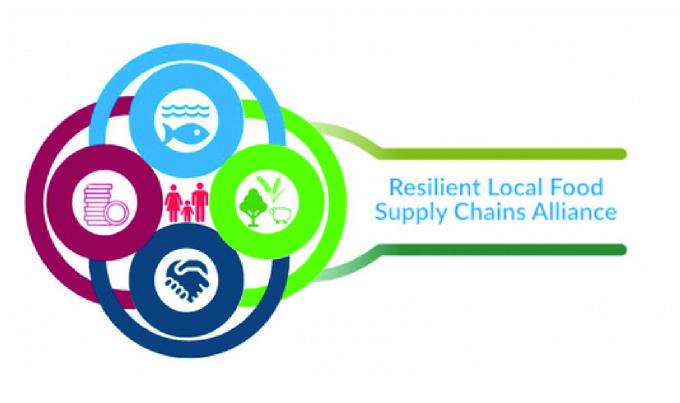
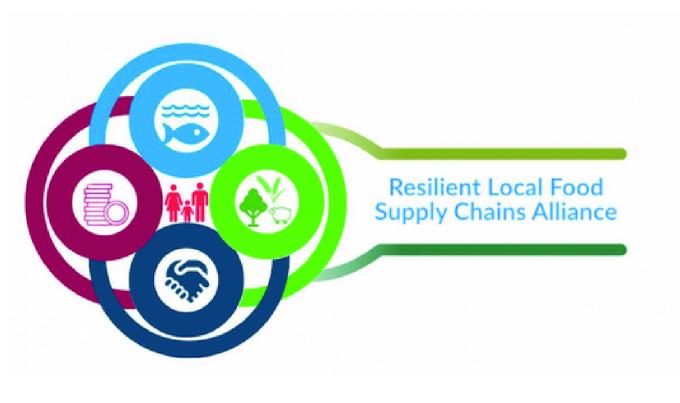
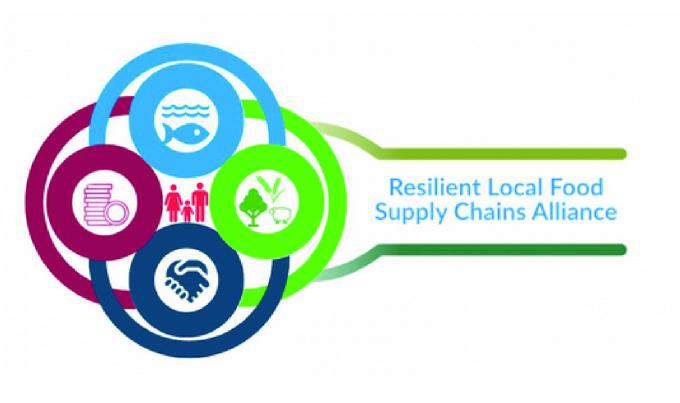
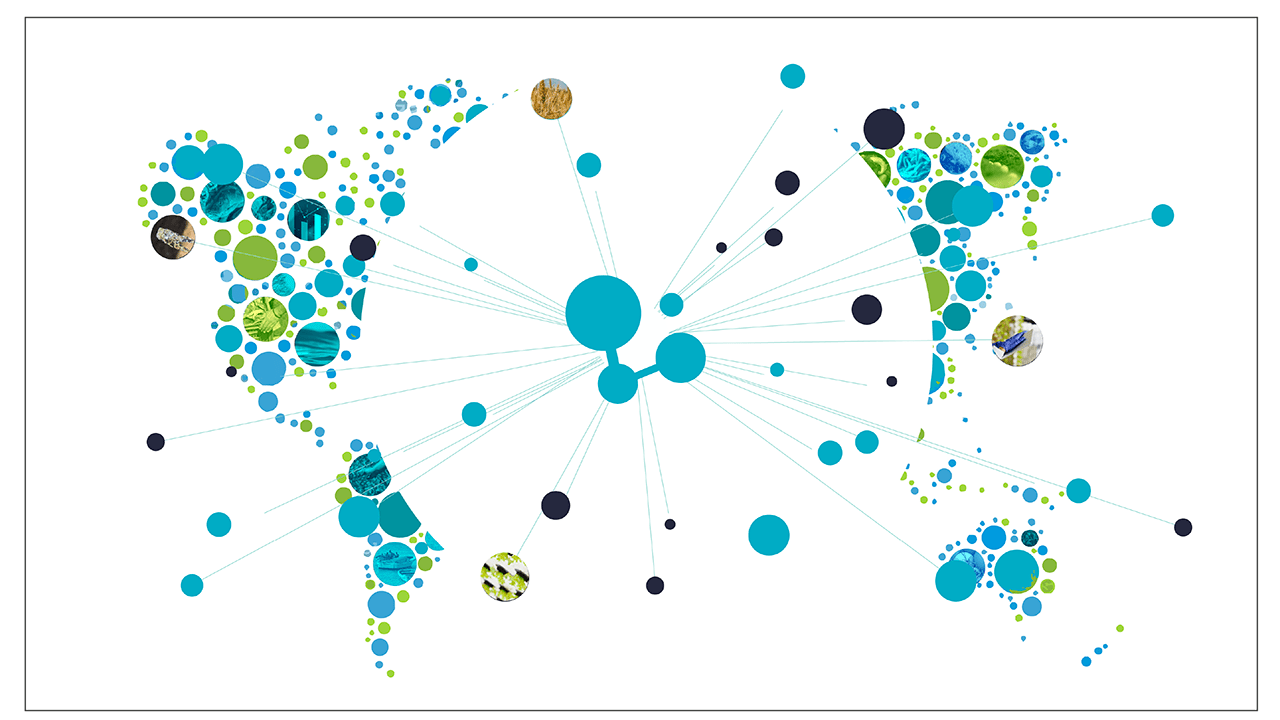
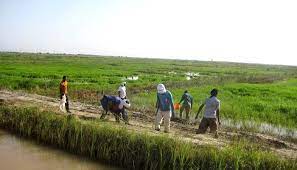
.jpg)

.jpg)